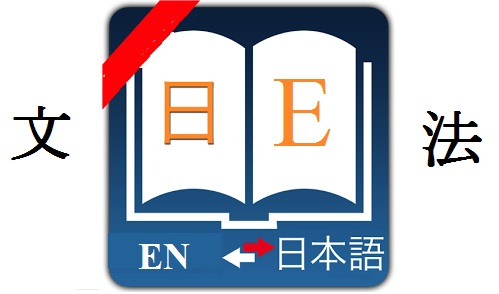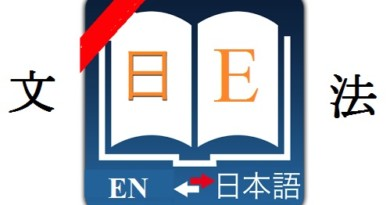Japanese grammar ごとく, ごとき, ごとし gotoku, gotoki, gotoshi

Let’s learn Japanese grammar ごとく, ごとき, ごとし gotoku, gotoki, gotoshi :
JLPT level : N1
Formation :
N+のごとき+N
N+ごとく+V/Aな
N+のごとし
Meaning and how to use :
Expresses the meaning “like/as.. but in fact, is not”. This structure is mostly used in comparison.
Examples:
彼女は輝いている陽光のごとき笑いをする。
Kanojo ha kagayai te iru youkou no gotoki warai o suru.
Her laugh is like the sun shining.
あの選手のごときプロな人に勝つなんてできないよ。
Ano senshu no gotoki puro na hito ni katsu nante deki nai yo.
It’s impossible to win against an professional player like him.
彼女は大水ごとく泣いている。
Kanojo ha oomizu gotoku nai te iru.
She cried a river.
あの人は強く吹いている風のごとく早く話しているんだ。
Ano hito ha tsuyoku fui te iru kaze no gotoku hayaku hanashi te iru n da.
That person talks as fast as the wind.
起こった事は夢のごとし。
Okotta koto ha yume no gotoshi.
All those things happened like a dream.
Note:
+) Mostly ued in literature, is quite outdated and nowadays is not used that much.
+) If 「の」 in 「Nのごとき 」 is removed, the structure means “take N lightly, despise N”. But if N is 私 it means “being modest”.
Related structures :
This structure is similar to ように
above is Japanese grammar ごとく, ごとき, ごとし gotoku, gotoki, gotoshi. If you don’t understand the signs we used in fomation, you can find their meaning here : signs used in Japanese grammar structures.
You can search the structure you want by using the search tool on our website (using key : grammar + ‘structure name’ or you can find more Japanese grammar structures in the following category : Japanese grammar dictionary
